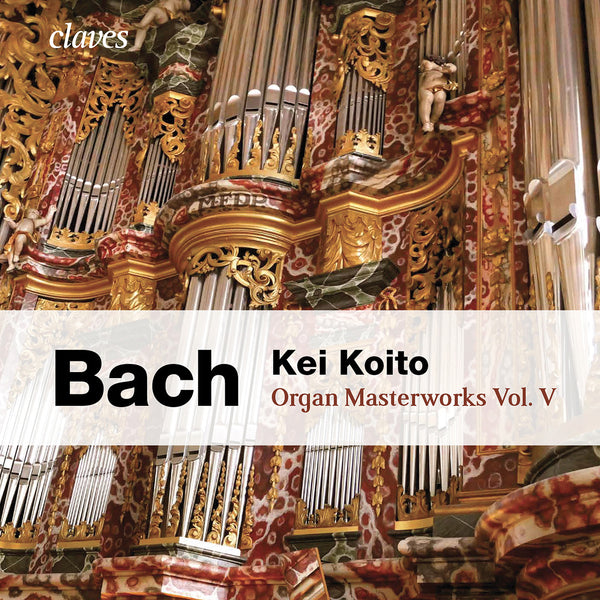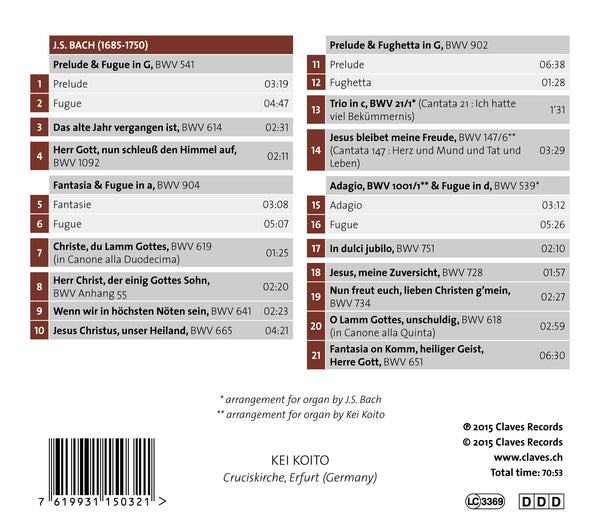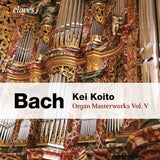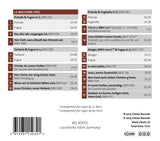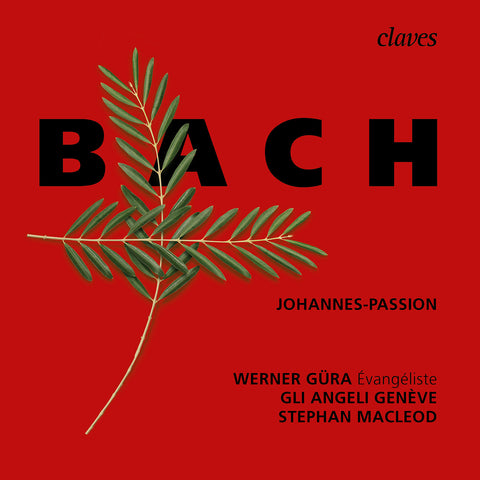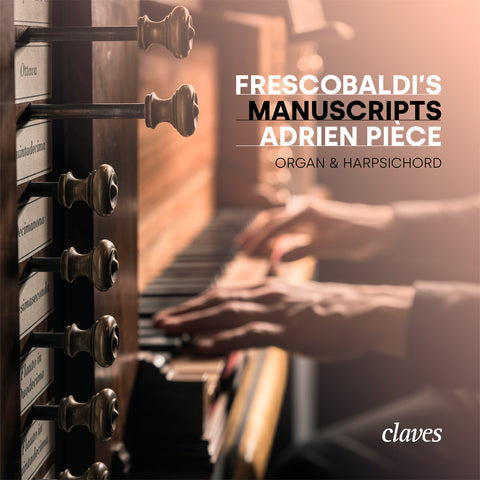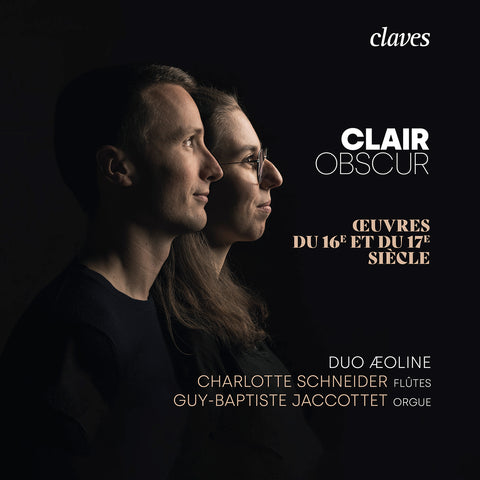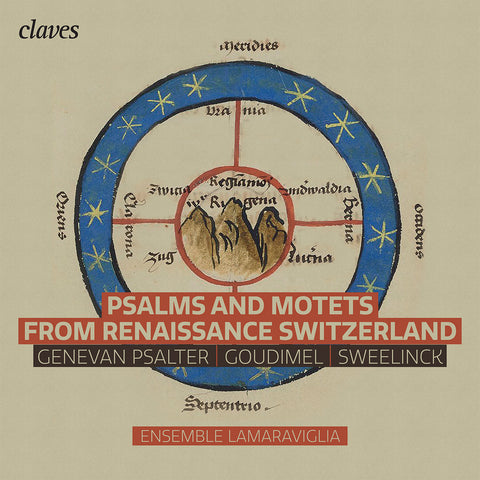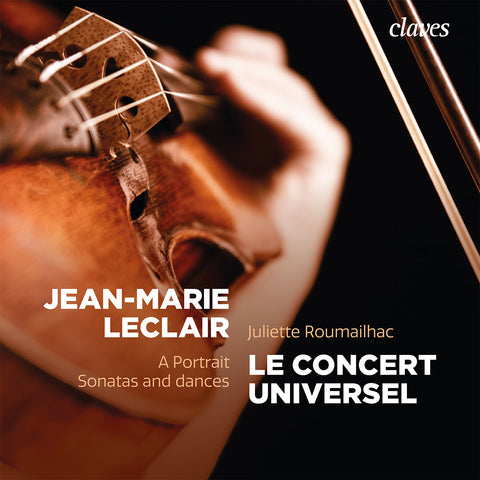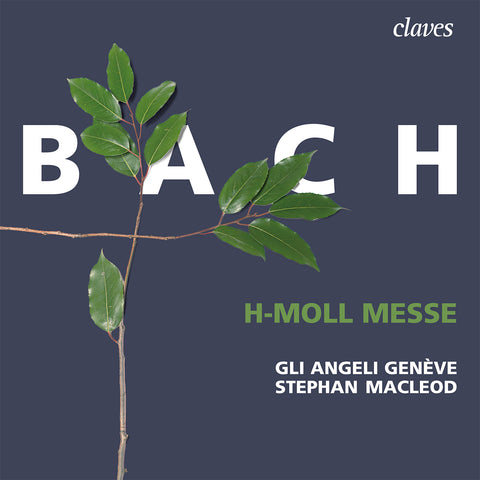(2015) Bach : Organ Masterworks, Vol. V - Kei Koito
Category(ies): Ancient music
Instrument(s): Organ
Main Composer: Johann Sebastian Bach
CD set: 1
Catalog N°:
CD 1503
Release: 01.07.2015
EAN/UPC: 7619931150321
- UPC: 191018908249
This album is now on repressing. Pre-order it at a special price now.
CHF 18.50
This album is no longer available on CD.
This album has not been released yet. Pre-order it from now.
CHF 18.50
This album is no longer available on CD.
CHF 18.50
VAT included for Switzerland & UE
Free shipping
This album is no longer available on CD.
VAT included for Switzerland & UE
Free shipping
This album is now on repressing. Pre-order it at a special price now.
CHF 18.50
This album is no longer available on CD.
This album has not been released yet.
Pre-order it at a special price now.
CHF 18.50
This album is no longer available on CD.
CHF 18.50
This album is no longer available on CD.
BACH : ORGAN MASTERWORKS, VOL. V - KEI KOITO
Comments from the musician
The Volckland organ (1732/37) of Erfurt’s Cruciskirche is one of the most remarkable baroque (Hochbarock) organs of the Thuringe instrument maker and music theorist. Jakob Adlung refers to it in his Musica Mechanica Organoedi (Berlin, 1768), saying that “Der Klang dieser Orgel ist unvergleichlich.” (“The sound of this organ is incomparable).
The foundation stops of this organ are rich in colour and character. There are several 8’ stops: Principal, Gedackt, Gambe, Gemshorn, Traversiere (sic), Flaut (sic) douce, Quintaton. Among the
Mutation stops, there are two Fifths (Hw and Bw) and the Hw Mixture stop (16’ Plenum) contains the Third. The Hw Cymbel stop is bright and the Bw Mixture is surprisingly full. The Plenum is very powerful and majestic, although the instrument has but 28 stops, with only 2 reeds (Vox humana 8’, Posaune 16’).
During an initial visit a few years ago, I was immediately drawn to elaborating an unusual Bach programme on this organ. Besides authenticated works, there is a piece classed “Anhang”, works that had been attributed to Bach for a long time, as well as arrangements of Cantatas, works which all sound particularly well here, and which, thanks to a unique palette of character, colour and expression, sound at times like a baroque string ensemble, and a times like a vocal music ensemble.
Where the Fantasia and Fugue in A (BWV 904) is concerned, it can be noted, with Christoph Wolff, that “one supposes that this work was surely played on the organ”. For these extraordinary pages, I have occasionally inserted a bass part on the pedalboard.
Lastly, I should like to express my deepest gratitude to the three authors of the texts of this booklet, all of whom are brilliant Bach specialists who accepted to give their points of view, the fruit of their research and pertinent observations on the works of the present programme.
Kei Koito
Translated from French by Isabelle Watson
Comments from the musician
The Volckland organ (1732/37) of Erfurt’s Cruciskirche is one of the most remarkable baroque (Hochbarock) organs of the Thuringe instrument maker and music theorist. Jakob Adlung refers to it in his Musica Mechanica Organoedi (Berlin, 1768), saying that “Der Klang dieser Orgel ist unvergleichlich.” (“The sound of this organ is incomparable).
The foundation stops of this organ are rich in colour and character. There are several 8’ stops: Principal, Gedackt, Gambe, Gemshorn, Traversiere (sic), Flaut (sic) douce, Quintaton. Among the
Mutation stops, there are two Fifths (Hw and Bw) and the Hw Mixture stop (16’ Plenum) contains the Third. The Hw Cymbel stop is bright and the Bw Mixture is surprisingly full. The Plenum is very powerful and majestic, although the instrument has but 28 stops, with only 2 reeds (Vox humana 8’, Posaune 16’).
During an initial visit a few years ago, I was immediately drawn to elaborating an unusual Bach programme on this organ. Besides authenticated works, there is a piece classed “Anhang”, works that had been attributed to Bach for a long time, as well as arrangements of Cantatas, works which all sound particularly well here, and which, thanks to a unique palette of character, colour and expression, sound at times like a baroque string ensemble, and a times like a vocal music ensemble.
Where the Fantasia and Fugue in A (BWV 904) is concerned, it can be noted, with Christoph Wolff, that “one supposes that this work was surely played on the organ”. For these extraordinary pages, I have occasionally inserted a bass part on the pedalboard.
Lastly, I should like to express my deepest gratitude to the three authors of the texts of this booklet, all of whom are brilliant Bach specialists who accepted to give their points of view, the fruit of their research and pertinent observations on the works of the present programme.
Kei Koito
Translated from French by Isabelle Watson
Return to the album | Read the booklet | Composer(s): Johann Sebastian Bach | Main Artist: Kei Koito







